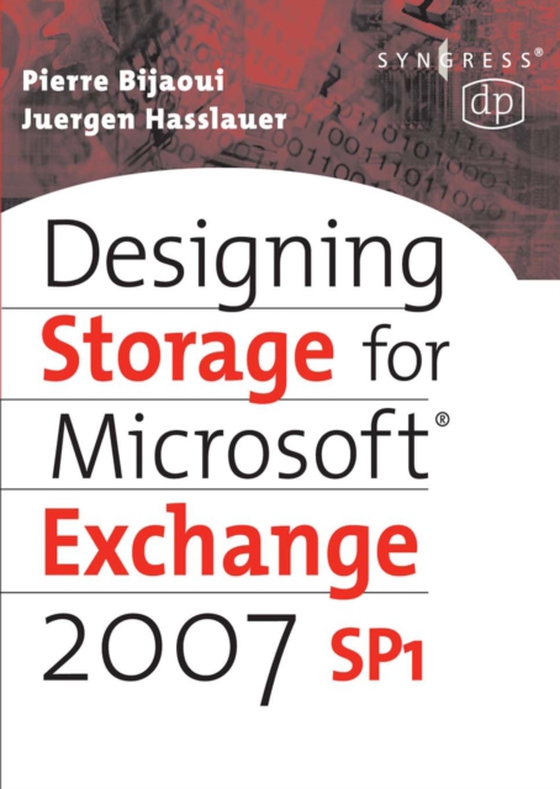
Designing Storage for Exchange 2007 SP1 e-bog
329,95 DKK
(inkl. moms 412,44 DKK)
Designing Storage for Exchange 2007 SP1 will help you understand the new choices and possibilities available in designing your storage environment for Microsoft Exchange Server 2007 SP1. The move of Microsoft Exchange Server from a 32-bit application to the 64-bit world reduced the I/O footprint on the storage subsystem. This allows users to consider shared storage deployments or go the opposit...
E-bog
329,95 DKK
Forlag
Digital Press
Udgivet
8 april 2011
Længde
560 sider
Genrer
Computer networking and communications
Sprog
English
Format
pdf
Beskyttelse
LCP
ISBN
9780080560038
Designing Storage for Exchange 2007 SP1 will help you understand the new choices and possibilities available in designing your storage environment for Microsoft Exchange Server 2007 SP1. The move of Microsoft Exchange Server from a 32-bit application to the 64-bit world reduced the I/O footprint on the storage subsystem. This allows users to consider shared storage deployments or go the opposite way and focus on direct attached storage. Supporting large mailboxes is now possible, but how do you back up and recover the increased amount of data? Exchange Server 2007 Continuous Replication and new features in Windows Server 2008 Failover Clustering provides interesting possibilities for geographically dispersed deployments. This book explains these new built-in features of Exchange Server 2007 and compares them with application independent data replication solutions provided by high-end storage subsystems. It is critical to understand these key technologies to make the right decision which storage solution best fits your business needs. The authors share their experience from large scale deployments and depict configurations used during their projects. Includes a description of how the move to a 64-bit application reduced the I/O behavior Storage hardware technologies and Windows storage stack features for Exchange server Exchange Server 2007 Continuous Replication and Windows Server 2008 Failover Clustering Performance monitoring and analysis to optimize the Exchange Server 2007 configuration
 Dansk
Dansk

